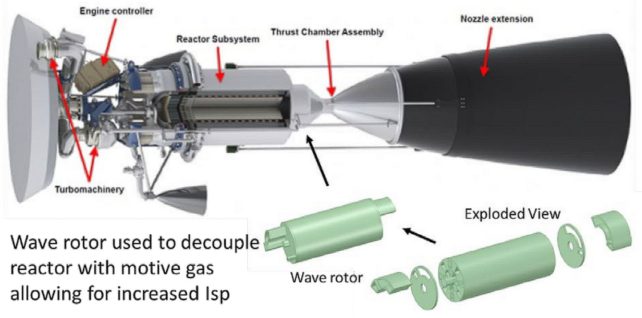Came close to hitting a house/
HELSINKI — China added a new pair of satellites to its Beidou positioning and navigation system late Monday, but spent stages from the launch landed within inhabited areas.
A Long March 3B equipped with a Yuanzheng-1 upper stage lifted off from the Xichang Satellite Launch Center at 10:26 p.m. Eastern Dec. 25 (0326 UTC, Dec. 26), successfully delivering two Beidou satellites into medium Earth orbit (MEO).
The YZ-1 upper stage inserted the satellites into 21,532 by 22,193-kilometer orbits inclined by 55 degrees, according to U.S. Space Force space domain awareness. The satellites were developed by the China Academy of Space Technology (CAST) under CASC, the country’s main space contractor.
The spacecraft are the 57th and 58th Beidou satellites to be launched. The pair will act as backups and reduce the operational risks to the Beidou-3 system, according to a CASC
statement.
Meanwhile, a pair of the side boosters from the Long March 3B rocket used for the launch appear to have fallen to ground near inhabited areas in Guangxi region, downrange of Xichang in Sichuan province, according to
apparent bystander
footage appearing on Chinese social media.
One video shows a booster falling within a forested area and exploding, while another shows a falling booster and later, wreckage next to a home. ...
It is one of many incidents of boosters falling near inhabited areas associated with Beidou satellite launches. Another launch in 2019 saw a falling booster
impact a rural building.
China’s first three launch sites were established during the Cold War. Sites deep inland were thus selected to provide a measure of protection amid tensions with the U.S. and Soviet Union.
This means launches result in rocket boosters—which separate from the main stage once they have performed their task—falling to ground downrange rather than in the oceans, as is the case with U.S. and European launches.
Authorities are understood to issue warnings and evacuation notices for areas calculated to be at risk from launch debris, reducing the risk of injuries. ...
https://spacenews.com/china-launches-new-beidou-satellites-rocket-booster-lands-near-house/

